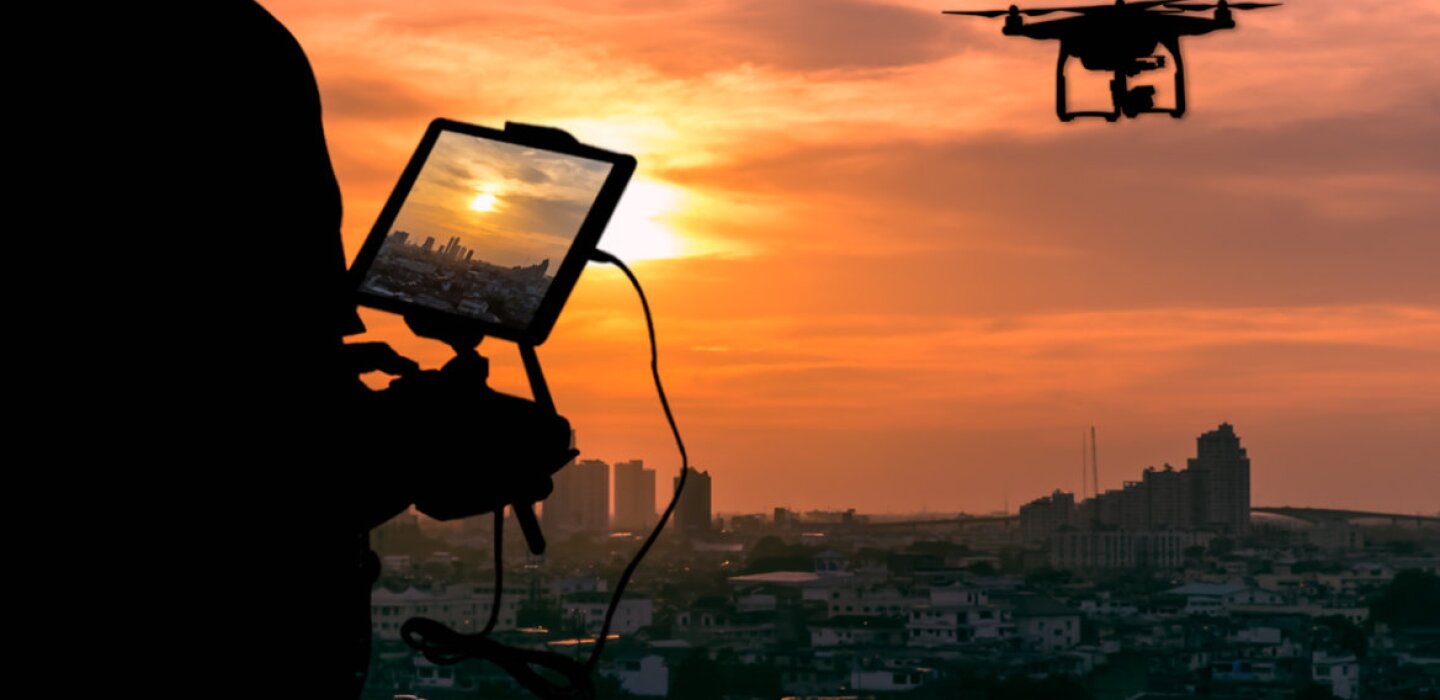
Drones Can Be Even More Effective for Search and Rescue
Disaster preparedness is a major concern for authorities at all levels of government, as well as for a large number of private organizations. In 2020, for example, governments in the United States spent nearly $30 billion on disaster preparedness — a major expenditure by all accounts.
The use of drones can be an important component of these disaster responses and can be used to an even greater extent and with more benefits than in the past — transporting supplies or equipment to remote areas where rescue workers cannot get to easily, delivering medicines and other essential goods, quickly identifying the sources of fires, and seeking out survivors.
While drones have proven effective in all these scenarios, they are often limited by their flight capabilities. Those limits aren’t because of drone ineffectiveness but because of fuel issues. Most non-military drones can fly for no more than 45 minutes at a time, with flight times shortened even more if they are loaded with equipment like cameras or with supplies for victims. For drones to reach their full potential in rescue scenarios, they need to be kept aloft longer.
One technology that can accomplish that comes in the form of hydrogen power — a technology that can be implemented almost immediately, with few technical snags. Drones that use hydrogen can fly far longer than conventional, battery-powered drones, remaining aloft for as many as four hours before they need refueling. A flight window of that length will enable authorities to use drones for even the most complicated rescue operations, enabling them to fly farther into disaster zones than was ever possible before.
Recognizing the advantage of hydrogen power as fuel in general — and for rescue efforts in particular — the federal government has extended support for the technology in the form of hydrogen hubs, currently being developed jointly by nonprofits and companies like utilities and oil firms. As hydrogen hubs become increasingly available, rescue organizations that need to fly drones — among them local police, fire, or first-aid groups — are likely to be among the first to take advantage of the hydrogen produced by these hubs.
There are numerous historical use cases that illustrate the point. Drones deployed for search and rescue operations or to provide assistance to victims made great contributions to rescue efforts, but only for limited periods of time. For example, authorities used drones when massive floods hit Chennai, a city of 4.6 million people on India’s southeast coast, in 2015. The drones conducted a flyover of the region, taking video and photos of the disaster zone and uploading the images to rescue officials, who were able to save some 200 victims based on the images. But the area the drones could cover was limited by range and flying time.
In another example, AT&T has been using drones to provide cellular service for people in disaster zones, enabling them to call relatives or contact rescue services. The company has used them in numerous emergencies, providing communications in events such as the massive flooding that hit Puerto Rico in 2017. AT&T’s latest iteration of the technology can provide 5G cell service over 10 square miles, but these drones, too, are limited, because they need to be tethered. Thus, they can stay aloft far longer than battery-based drones, but they cannot venture past the extent of their tethering cord, making them unsuitable for wide-range disasters.
With a far greater flying time than battery-powered drones, hydrogen-powered drones can fly independently, and more deeply, into disaster zones, uploading images or delivering equipment to victims. With that longer flying time, drones could, for example, venture into the center of forest fires, sending back real-time images of how the fire is spreading, and seeking out individuals who may have been unable to flee.
In an earthquake scenario, drones could make several passes over buildings and even navigate into parts of a building that have collapsed, using sensors or thermal imaging to seek out living beings. By conducting more than one pass, drones could lower or eliminate the false positives associated with these technologies. And when ships at sea are in trouble, long-range and long-flying drones could be used to provide a birds-eye view of the often large areas that rescue crews need to cover.
Drones can go where no rescue team can go, and uncover crucial, life-saving data far more quickly and efficiently than humans can. Powering them with hydrogen would allow us to use them more often and more effectively.
Bentzion Levinson is the founder and CEO at HevenDrones. A former military commander and Stanford Business School graduate, Bentzion is committed to driving meaningful change through technology. Bentzion led an expert team in a national project to detect and extinguish agricultural fires that were destroying farms across [Israel]. Bentzion founded HevenDrones in 2019 with the aim of creating an actionable drone ecosystem designed to optimize a wide range of industries, from emergency response, smart cities and agriculture, to logistics, construction, defense, species conservation and beyond.


Average Rating